Common cuff, useful properties, indications for use, growing in the garden and harvesting
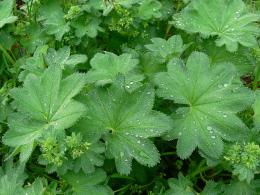
The mantle flower has many varieties and each of them has medicinal properties.
The plant acquired its name due to its lacy leaves.
In folk medicine, the common cuff is often used, the beneficial properties of which can cure many diseases. Used to make decoctions, tinctures and tea.
Content:
- Common cuff, plant description and photo
- Common mantle grass, beneficial properties
- Is a cuff effective for diabetes?
- How to take during menopause
- Recipes for using a cuff to get pregnant
- Mantica vulgare extract, indications for use
- Growing cuff in the garden
- Preparation of medicinal raw materials
Common cuff, plant description and photo
It is a perennial plant with beautiful, lacy yellow-green and green leaves.
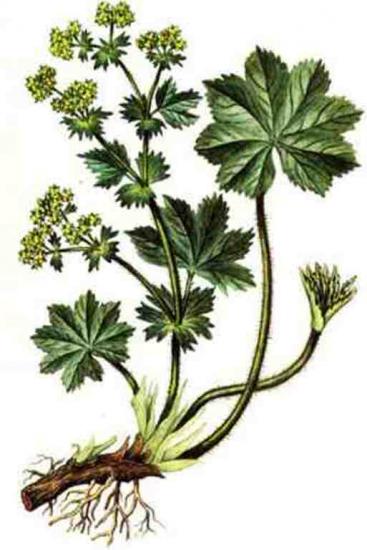
Main characteristics:
- The height of the stem is at least thirty, maximum sixty-five centimeters.
- Has an erect stem.
- The foliage and stem are covered with small hairs.
- Large root leaves are round in shape and contain up to 10 sectors or lobes, while small ones have only six lobes. The stem leaves are located on short petioles, and the young ones are located on long petioles. Outwardly, they look like an animal lion's paw.
- The root is horizontal and thick.
- The flowers are yellow and small. The first inflorescences appear at the end of June, beginning of August. Sometimes it blooms several times a year, in which case the flowers bloom a second time in the fall.
- The receptacle contains a fruit - a nut and small seeds, which can later be used for reproduction. The nut ripens from July to September.
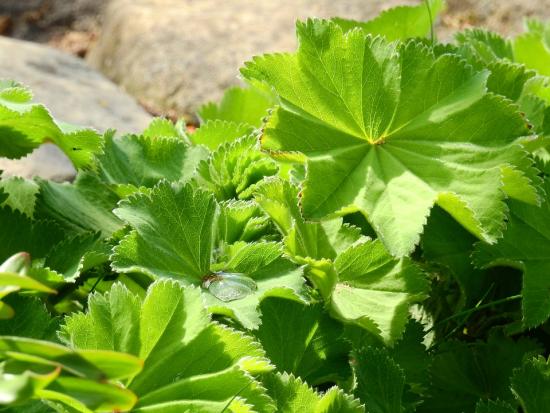
In addition to its external decorative advantages, the plant is also famous for its healing properties.
Common mantle grass, beneficial properties
This cultivated grass is known for the following properties:
- lactogonic;
- stopping bleeding;
- vascular strengthening;
- healing wounds;
- antimicrobial;
- relieving inflammation;
- anti-cancer.
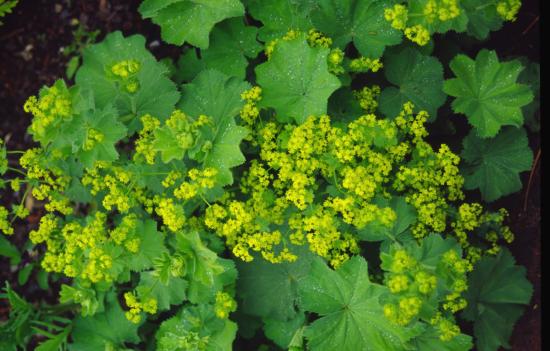
Cuffs are used for therapeutic therapy for many diseases.
- These plants are called female herbs, as they can cure many gynecological diseases, for example:
- infertility;
- inflammation of the ovaries;
- uterine bleeding;
- mastopathy;
- cystitis;
- fungal discharge;
- diseases of the pelvic organs.
Used for therapy:
- flatulence;
- disturbances of intestinal motility;
- indigestion;
- duodenal ulcers;
- stomach ulcers.
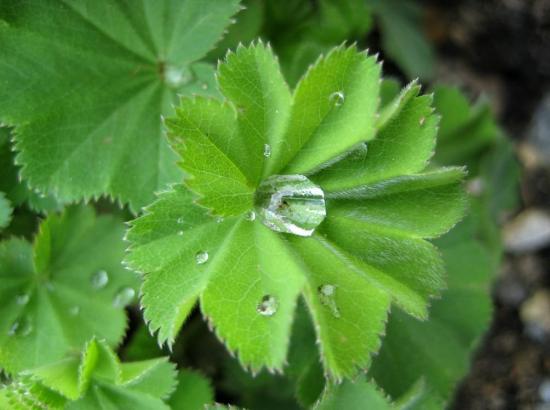
In alternative medicine cuff used to treat many gastrointestinal and skin diseases.
In conventional medicine, doctors do not recommend the use of this medicinal plant, and are prescribed only on an individual basis.
We invite you to watch a video about the beneficial properties of the cuff:
Is a cuff effective for diabetes?
Many diabetics have noticed that this plant helps well with mild forms of diabetes.
Medicines based on cuff have a bitter taste.This bitterness normalizes the enzymatic system of the pancreas and allows the organ to produce the required amount of insulin; additional intake is not required.
A decoction or tea is prepared based on the herb. You can prepare the following herbal mixture.
Ingredients taken:
- cuff - ten grams;
- flaxseed - twenty grams;
- juniper (fruit) – twenty grams;
- blueberry leaves - forty grams.
All components are mixed. Take 2 small spoons of the mixture per half liter of boiling water. The product is infused for an hour. Drink 200 grams three to four times a day.
Before starting treatment, you need to consult a doctor, since in advanced diabetes mellitus this plant can lead to complications.
How to take a cuff during menopause
The stems and leaves contain phytosterol. This is a substance that has a progesterone effect.
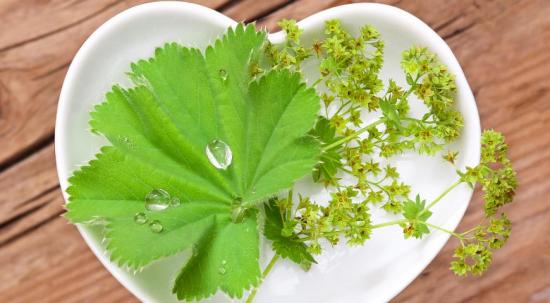
If you regularly drink a glass of fresh tea made from the leaves of the flower, you can relieve the symptoms of menopause. It was noticed that within a few days after taking this drink, the female reproductive system is restored and begins to function normally.
For menopause, the following recipe is used.
Components:
- fireweed grass;
- lemon balm;
- grass cuff.
All ingredients are mixed into a total mass in equal proportions. To prepare tea, you need to take one large spoon per mug of boiling water. The drink is brewed for 15-20 minutes. Drinks fresh. It is recommended to drink tea three times a day, brewing fresh each time.
This drink has no contraindications, however, some may be intolerant to any component.
Recipes for using a cuff to get pregnant
The herb can help with infertility, it often helps to get pregnant in cases where, from a medical point of view, conception is almost impossible.
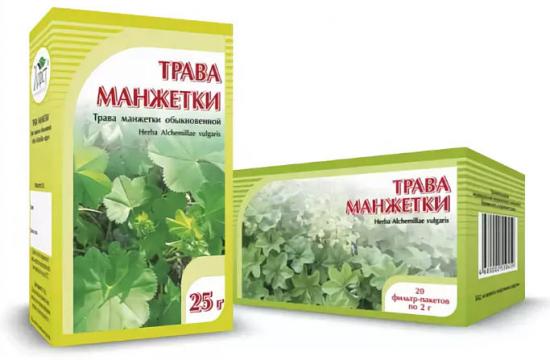
This is explained by the fact that plant hormones contribute to the formation in the female body of sex hormones necessary for pregnancy.
Recipe No. 1. You need to take fifty grams of cuff and two glasses of boiling water. The grass is poured in and left to infuse for four hours. Before taking, the infusion is filtered. Drink a quarter glass three to four times a day before meals.
Recipe No. 2, ingredients:
- nettle;
- cuff;
- yarrow.
You can exclude nettle; some gynecologists claim that this plant is dangerous during pregnancy, and whether it promotes conception is not known.

Cooking method:
- Take a large spoonful of the mixture into a glass of boiling water.
- After 15 minutes the drink is ready to drink.
It is recommended to take three glasses daily.
Let's watch another video about the beneficial properties of the plant:
Mantica vulgare extract, indications for use
The plant extract is used to treat the following pathologies:
- enterocolitis;
- pyelonephritis;
- bronchitis;
- stomach colic;
- scrofula;
- furunculosis;
- bronchial asthma;
- haemorrhoids;
- tuberculosis;
- diarrhea;
- gastritis;
- pneumonia;
- migraine;
- arrhythmia;
- gout;
- dysmenorrhea;
- lupus erythematosus;
- rheumatism;
- epilepsy;
- malaria;
- obesity;
- atherosclerosis;
- a cold accompanied by severe rhinitis and nosebleeds.
Before using a remedy from this plant, you should consult your doctor. Not used for treating children.
Growing in the garden
To grow cuff in the garden, you should choose soft, loose soil and an area where the flower will receive sunny color. It is important to fertilize the soil with humus and compost.
You can grow it in two ways: using seeds and by dividing the bush. Seeds are planted at the end of September or early spring. Initially, it is recommended to plant the seeds in pots and leave them on the balcony until germination. When the stem gets stronger, it can be planted in open ground.
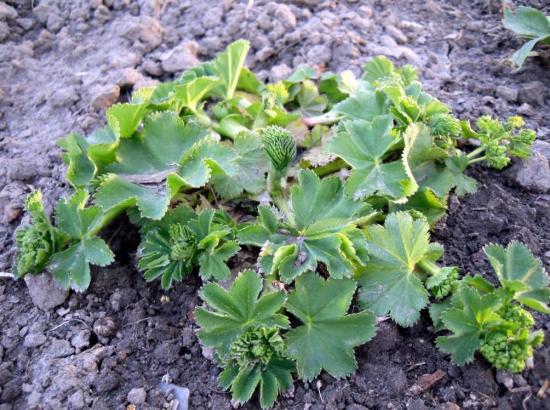
The grass is planted in wet soil; there should be a distance of at least 30 cm between each seedling, since the flower grows well.
The plant is moisture-loving and frost-resistant, so it does not need shelter in winter; you can cover the roots with peat if necessary.
Also, the flower easily tolerates transplantation and reproduces easily.
If you follow the basic rules of agricultural technology, the cuff will not cause any problems for the gardener.
Preparation of medicinal raw materials
To use grass as medicine, you need to take a responsible approach to collecting raw materials.
Harvesting should be done during flowering; it is during this period that the flower releases the largest amount of active healing substances. Taking this factor into account, collection can begin at the beginning of June and end at the end of September.
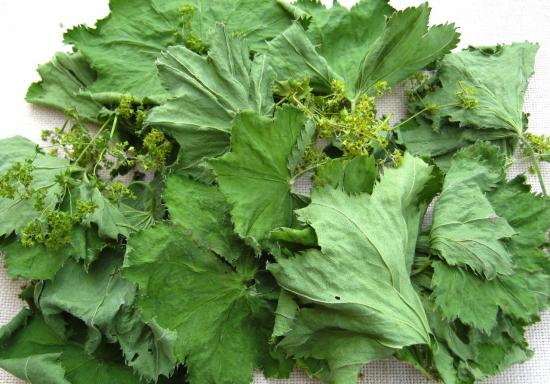
The cuff is carefully cut to the spine with a knife, then dried in the fresh air or in a draft. If you have a drying chamber, you can dry the grass there without exceeding the temperature of 60 degrees.
After these procedures, the raw materials must be stored in paper packaging or a box.
If stored for too long, vegetable fats begin to go rancid, and the medicine will acquire a bitter taste.
So, the cuff is not only a beautiful ornamental plant, but also a very healing remedy.The main thing is to properly prepare the raw materials and prepare the decoction. Before starting treatment, you should consult a specialist.

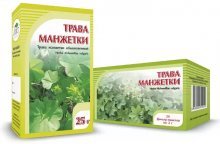
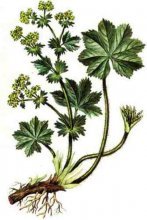
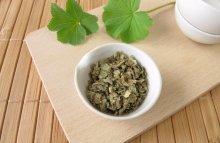
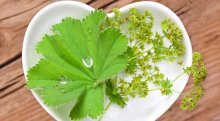
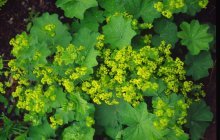

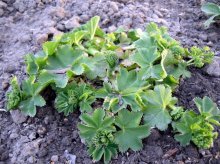
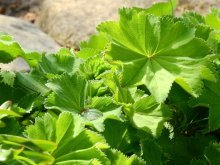
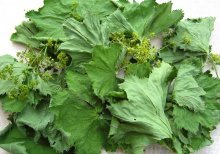
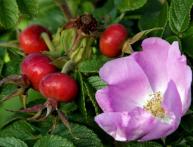
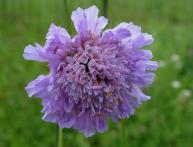
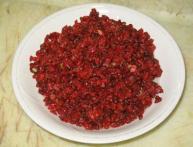

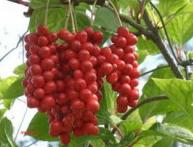
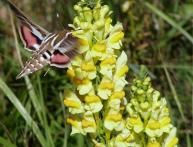

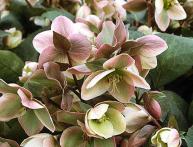
Comments
Apparently, in our region this medicinal plant does not grow in pharmacies; I have never come across it either. It has many medicinal properties, I will try to find it using a pharmacy certificate.